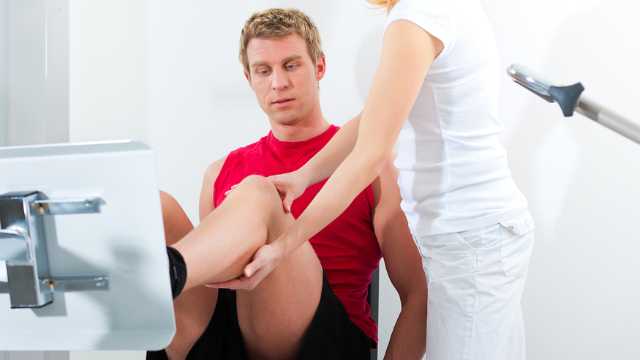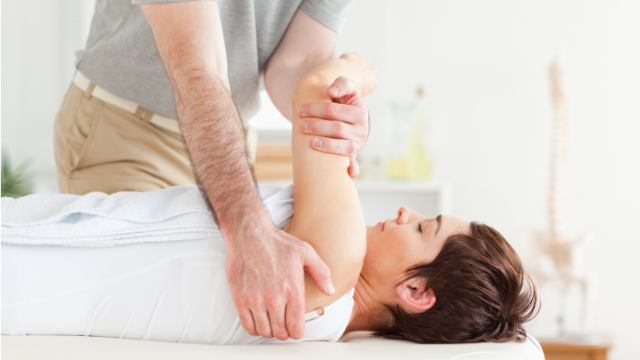
Understanding the role of hip strength can help improve treatments
Osteoarthritis (OA) is a condition in which cartilage that normally protects a joint gradually wears down over the course of time, which leads to pain and other symptoms when the bones begin rubbing against one another. OA can develop in any joint, but is most common in the knee because it’s a joint that bears a great deal of weight. Knee OA is associated with high levels of pain and reduced function, and when the condition gets too bad, individuals often go on to have surgery to replace the knee joint. This shows why it’s so important to establish effective treatments for knee OA patients that will help them avoid surgery, but experts have pointed out that much more work needs to be done on the topic. One area of interest is the role of hip strength, as some have suggested that knee OA patients may have weak muscles surrounding their hips, and treatments can therefore target this weakness. With this in mind, a team of researchers performed a powerful pair of studies called a systematic review and meta-analysis to determine if patients with knee OA have deficits in their hip strength compared to healthy individuals.
Five medical databases searched for relevant studies
Investigators performed a search of five major medical databases for studies that evaluated the relationship between knee OA and the strength of patients’ hip muscles. They identified 102 studies that were screened in more detail, and five of these were accepted into the review, which contained data on 237 participants. The findings from each of these studies were then compared to one another, and their quality was assessed to determine how reliable they were.
The weak hip muscles identified can be targeted in physical therapy programs
Overall, the quality of the studies reviewed was variable, but there was enough information to show that the hip muscles of knee OA patients were generally weaker than those in healthy individuals. In terms of isometric hip strengthâthe strength used if you were to push against an immovable objectâthere was moderate-quality evidence that knee OA patients have weaker hip abduction strength when compared with controls. (Abduction is moving the hip and the leg away from the center of the body.) When considering isokinetic hip strengthâthe strength that occurs when a muscle contracts and shortens at a constant speedâthere was also moderate quality evidence that knee OA patients have weaker abduction/adduction and transverse internal/external rotation hip strength. Unfortunately, there were no studies that specifically evaluated hip strength as a risk factor for the development of knee OA. Nonetheless, this systematic review and meta-analysis show that patients with knee OA have deficits in their hip strength when compared to healthy individuals. Although more research is still needed on the topic, this could mean that improving hip muscle strength could lead to reduced pain levels and better hip function. Individuals with knee OA should therefore consider seeing a physical therapist for a comprehensive treatment program that will include hip-strengthening exercises to increase the chances of a successful outcome that does not involve surgery.
-As reported in the August ’16 issue of JOSPT









